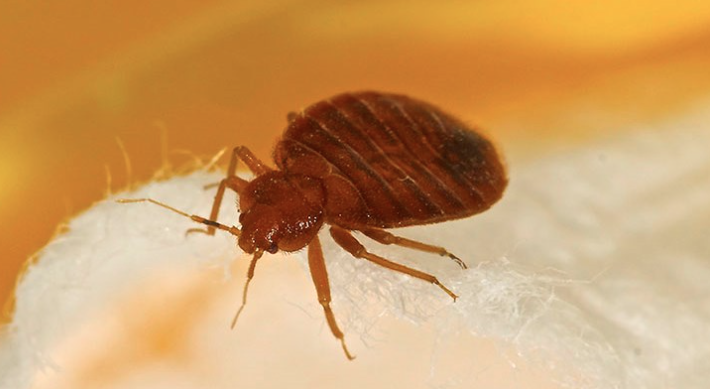Free Things To Do in Phoenix Now!
Who says that you have to shell out a lot of cash to have a great time by yourself or with the family this weekend? Arizona is a naturally beautiful state so there is always something to do outside but many people don’t realize how many free activities are offered in the metro Phoenix area in the vein of arts, music and entertainment. Here is a great list from the Phoenix New Times on thirty free things to do right now in Metro Phoenix.
Low on funds and high on FOMO? We can help with that. Phoenix is chock-full of free events worth freeing your schedule for, including movie screenings, open mics, and a good deal of art walks. Because saving money is always in season, here 30 free things you can do all year round.
Take in Some Free Art at the Museums
Free admission is standard at establishments like the Phoenix Airport Museum, ASU Art Museum, ASU Museum of Anthropology, Arizona Capitol Museum, and Shemer Art Center (though some accept and encourage donations). But visitors can also get complimentary access to Phoenix Art Museum from 3 to 9 p.m. every Wednesday and 6 to 10 p.m. on First Fridays; Scottsdale Museum of Contemporary Art on Thursdays; and Phoenix Children’s Museum from 5 to 9 p.m. on First Fridays.
Kill It in Karaoke
At 9 p.m. every Thursday and Saturday night (except the first Saturday of the month) Apollo’s Lounge brings out the karaoke so you can belt out the classics. The adults-only event is free to participate. For details, visit Apollo’s on Facebook or call 602-277-9373.
Let Your Pen Do the Talking
On the second Tuesday of each month, Practical Art invites Valley wordsmiths to share their work with Uptown P.E.N., which stands for poetry event night. The evening runs from 7 to 8:30 p.m. and features a first-come, first-served open mic opportunities as well as established poets reading their own prose. For details, visit www.practical-art.com or call 602-264-1414.
Walk the Art Walk
Metro Phoenix offers many opportunities to take in the arts. The Downtown Phoenix Art Walk runs from 6 to 10 p.m. on the first Friday of the month. The Downtown Mesa Art Walk goes from 6 to 10 p.m. on the second Friday of the month. The Downtown Chandler Art Walk happens from 6 to 10 p.m. on the third Friday of the month. The Scottsdale Art Walk runs from 7 to 9 p.m. every Thursday. The Sunnyslope Art Walk pops-up from 5 to 9 p.m. on the second Saturday of October and April.
Unleash Your Inner Geek
Throughout the year Nerd Nite Phoenix invites local to learn drink and discuss on a number of topics including superheroes, time travel, and government conspiracies. These beer-fueled brain teasers tend to change up their dates and locations so the best way to stay in the known is to visit phoenix.nerdnite.com or check out the Nerd Nite Phoenix Facebook Page.
Catch a Movie Under the Stars
Lawn Gnome Publishing is making every Tuesday night a mystery movie night. The free flick viewing begins at 7:30 p.m. in the backyard of the downtown bookstore. If you love surprises as much as you love watching films outside, visit lawngnomepublishing.com or visit the Lawn Gnome Facebook page.
Learn to Line Dance
Cash Inn Country is kicking up its cowboy boots from 7:30 p.m. to 8:30 p.m. every Tuesday night with free line dancing lessons. Whether you’re gay, straight, or simply into country music, make your way to the Cash Inn for a complimentary cowboy-style workout. Visit www.cashinncountry.net for more information.
Put Pencil to Paper in Mesa
Ready, set, draw. Pencil Fight is Lo-Fi Coffee’s monthly community drawing series that gives guests pencil, paper, and sharpeners for an hour of illustration and a chance to win prizes such as a $20 gift certificate to Arizona Art Supply. For updates and information, visit www.loficoffee.com.
Get Crafty in Chandler
At 6 p.m. on the second Monday of each month, Gangplank gets the creative community together for an evening of arts and crafts. Bring your knitting needles, glitter, glue, and other DIY material and get ready to mix and mingle with other crafters as you work your handmade magic. For details, visit CraftHackEV on Facebook.
Get to Know Your Local Hangouts
Support new and local businesses, meet your fellow Phoenix residents over food and drinks, and enter to win raffle prizes with the monthly event, Get Your PHX. Past Get Your PHX gatherings have visited Milk Bar, Rollover Donuts, The Newton, and the Lisa Sette Gallery. To stay in the loop with Get Your PHX, visit www.getyourphx.com.

Joke Around in Scottsdale
Stand Up, Scottsdale gives up-and-coming comics a chance to test our their new material with its weekly open mic night. The unexpected (or uncomfortable) laughs begin at 8 p.m. every Tuesday and run until everyone has had their chance to wow the crowd. For more information, visit standupscottsdale.com.
Make It a Movie Night at the Library
Every Wednesday night, the Phoenix Public Library invites movie-goers of all ages to heal their hump day blues with a free film screening at Burton Barr Central Library’s Pulliam Auditorium. Film screenings start at 6 p.m. For the full schedule, visit phoenixpubliclibrary.evanced.info.
Tweak Your Mind
Every Wednesday CO+HOOTS invites the public to partake in Midweek Mindtweek, a free series that features lunchtime lecturers from experts in their field. Food trucks will set up in the parking lot so guests can get their midday fuel while learning new ways to better their career. For a look at who’s lined up to speak, visit cohoots.com.
Find Your Philosophical Side
Practical Art invites fellow philosophers and deep thinkers to discuss the big picture with its ongoing event, Socrates Cafe. The reflective rendezvous happens from 3 to 5 p.m. every first and third Sunday of the month. For details, visit www.practical-art.com or check out the Practical Art Facebook page.
Get Your Game On
Every third Sunday of the month, Firehouse Gallery is putting out the Pick-Up-Sticks, Scrabble, and whatever else it can find, for Game Day. The free affair runs from 2 to 5 p.m. Guests are encouraged to BYOB and BYO-games. For details and to see who’s coming, visit Firehouse Gallery on Facebook.
Mix and Mingle with Phoenix’s Movers and Shakers
Looking to network? Radiate PHX has you covered. The monthly series gives guests a chance to learn about the latest developments in downtown Phoenix as well as make connections with who’s who behind the city’s fast-paced growth. Radiate PHX’s dates and locations vary by month. To stay updated, visit www.facebook.com/downtownphoenix.
Read more at: http://bit.ly/1VSN9tF

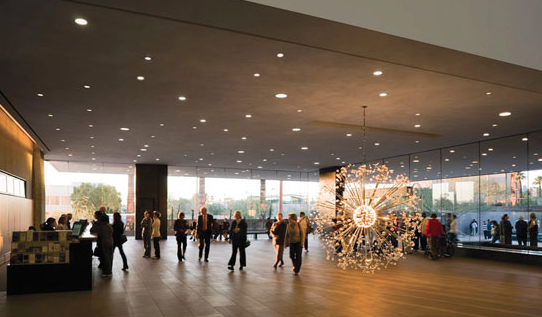
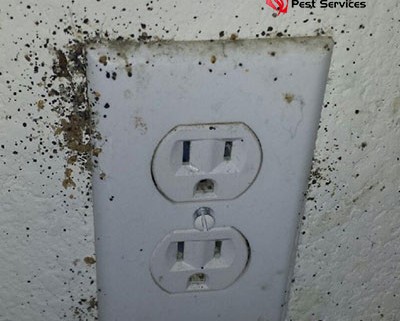


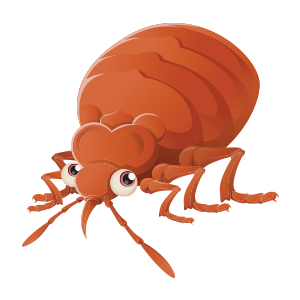
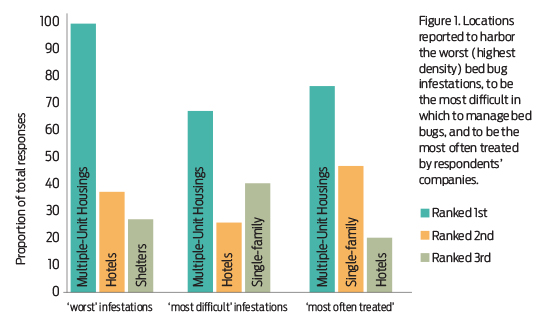
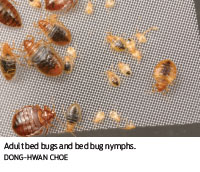 Most respondents (73%) believed that bed bug infestations had increased in 2014 as compared to 2013 while some (22%) believed that the levels of infestation had not changed during this period. This trend was stable when considering responses from different regions and states, suggesting that bed bug incidence may be increasing throughout the nation. Virtually half (49%) of all respondents considered summer to be the season with the most calls for bed bug services, while another large proportion (44%) reported no differences between seasons. It is unclear whether summer incidence may be driven by increased human travel, increased ambient temperature, or some combination of these and perhaps unknown factors. Though resistance to insecticides within bed bug populations has been a concern for some time now, the majority (57%) of respondents in this survey did not believe they had encountered resistance in the field. This was true even when considering data only from the Midwest and the Eastern Seaboard, where resistance in field populations has been reported as widespread. Furthermore, though insecticide resistance may be more easily recognized by those with the most years working in the field, the level of experience of respondents had no effect on this reported belief. MUHs, the focus of this survey, were considered by most respondents to harbor the worst (highest density) bed bug infestations, to be the most difficult locations in which to manage bed bugs, and to be the locations most often treated by their companies (96%, 65%, 74%, respectively) (Figure 1, above). Hotels/motels and shelters were also believed to harbor high-density infestations.
Most respondents (73%) believed that bed bug infestations had increased in 2014 as compared to 2013 while some (22%) believed that the levels of infestation had not changed during this period. This trend was stable when considering responses from different regions and states, suggesting that bed bug incidence may be increasing throughout the nation. Virtually half (49%) of all respondents considered summer to be the season with the most calls for bed bug services, while another large proportion (44%) reported no differences between seasons. It is unclear whether summer incidence may be driven by increased human travel, increased ambient temperature, or some combination of these and perhaps unknown factors. Though resistance to insecticides within bed bug populations has been a concern for some time now, the majority (57%) of respondents in this survey did not believe they had encountered resistance in the field. This was true even when considering data only from the Midwest and the Eastern Seaboard, where resistance in field populations has been reported as widespread. Furthermore, though insecticide resistance may be more easily recognized by those with the most years working in the field, the level of experience of respondents had no effect on this reported belief. MUHs, the focus of this survey, were considered by most respondents to harbor the worst (highest density) bed bug infestations, to be the most difficult locations in which to manage bed bugs, and to be the locations most often treated by their companies (96%, 65%, 74%, respectively) (Figure 1, above). Hotels/motels and shelters were also believed to harbor high-density infestations.